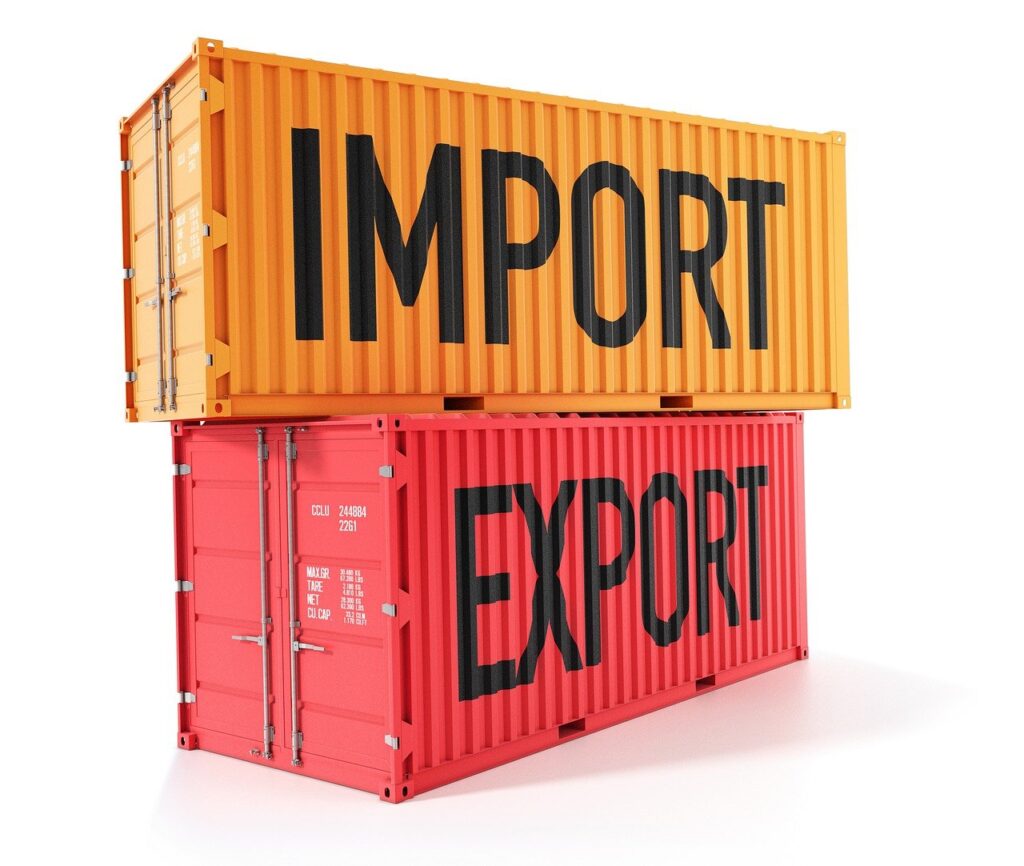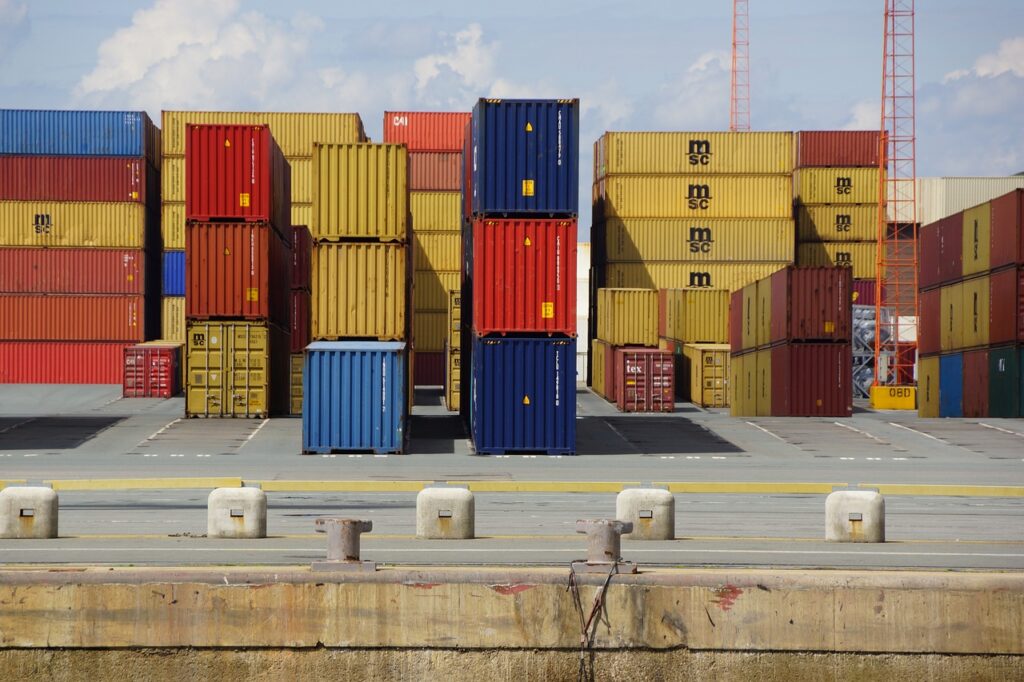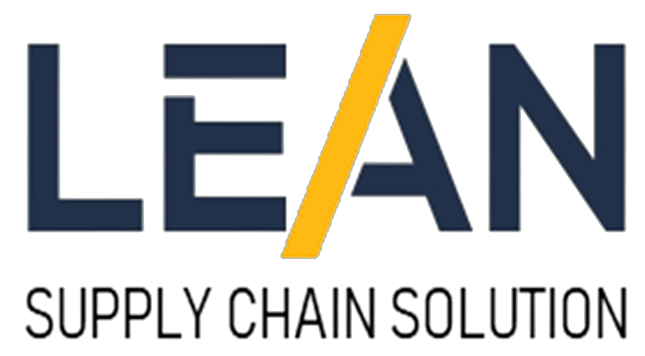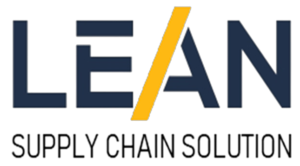Our Team
Our long history of unparalleled commitment to partnering with the most extensive carriers and our
ability to offer the most versatile services
ability to offer the most versatile services

Full Name
“Lorem ipsum dolor sit amet, consectetur adipiscing elit. Ut elit tellus, luctus nec.”

Full Name
“Lorem ipsum dolor sit amet, consectetur adipiscing elit. Ut elit tellus, luctus nec.”

Full Name
“Lorem ipsum dolor sit amet, consectetur adipiscing elit. Ut elit tellus, luctus nec.”

Full Name
“Lorem ipsum dolor sit amet, consectetur adipiscing elit. Ut elit tellus, luctus nec.”
A Guide for Businesses to Navigate the Complexities of Importing and Exporting

Although the import-export industry is very profitable and competitive, there are risks and difficulties involved. Fears about money, logistics services, and market competitiveness are just a few of the complexities that many importers and exporters deal with, and these worries can have an adverse effect on the performance of their business.
From knowledge of trade guidelines to managing logistics, importers and exporters should be well-versed in the intricacies of cross-border trade. But these complexities may be successfully allayed with the correct plans and techniques, enabling companies to thrive in this fast-paced and demanding sector. Let’s look at the essential steps and concerns for businesses venturing into the arena of importing and exporting.
Understanding trade regulations

One of the first hurdles that companies encounter when importing or exporting products is navigating the maze of changing rules and compliance requirements. Every country has its own set of import and export legal guidelines, tariffs, and customs procedures that may vary drastically from each other.
To ensure compliance and avoid luxurious consequences, it is essential for groups to conduct thorough research and recognize the rules governing their specific change activities. Before conducting any global change transactions, agencies should familiarize themselves with the subsequent key components of alternate regulations:
Tariffs and duties
Tariffs are taxes imposed on imported goods by customs authorities, while obligations confer prices levied on exported goods. These expenses can vary depending on the sort of product, the type of beginning, and the destination. Businesses ought to calculate and account for those transportation services fees when pricing their merchandise for import or export.
Import/Export Licenses
Some merchandise may also require unique licenses or permits to be imported or exported, specifically if they may be taken into consideration for controlled or restricted items. Businesses need to research whether or not their merchandise falls into any regulated categories and obtain the necessary permits from the applicable authorities.
Documentation Requirements
Importing and exporting products involves a huge amount of office work, along with invoices, packing lists, certificates of foundation, and customs declarations. Proper documentation is crucial for clearing items through customs effectively and avoiding logistics services delays or rejections at the border.
Trade Agreements
Many nations take part in bilateral or multilateral exchange agreements, which could have a good-sized effect on import and export procedures. Businesses have to be informed about any change agreements that could affect their operations and take advantage of preferential tariff rates or change facilitation measures to be had beneath these agreements.
Then, managing logistics and transportation

Once groups have a solid know-how of change guidelines, the next step is to tackle the logistical challenges related to importing and exporting goods. Effective supply chain solutions are vital for making sure that goods are transported safely, efficiently, and price-correctly across international borders. Here are a few key issues for groups while dealing with logistics and transportation:
Choosing the Right Mode of Transport
There are several modes of transportation to be had for shifting items the world over, including ocean freight, air freight, road freight, and rail freight. The choice of transport mode will depend on factors such as the nature of the products, the urgency of transport, fee issues, and the location of the vacation spot.
Selecting reliable freight forwarders and customs brokers
Freight forwarders and customs brokers play a vital role in facilitating the motion of products across borders. On the other hand, Lean Supply Chain Solutions offer the best advice on logistics services and transport in India. Businesses should associate with reliable carrier carriers who have the information and resources to address the complexities of global delivery and customs clearance.
Ensuring Proper Packaging and Labeling
Proper packaging and labeling are important for defensive goods at some point of transit and complying with customs rules. Businesses ought to make sure that their products are packaged securely and labeled correctly with relevant information, inclusive of product descriptions, quantities, and use of the beginning.
Managing inventory and warehousing
Effective stock control is vital for minimizing stockouts, decreasing wear expenses, and optimizing supply chain performance. Businesses have to keep in mind organizing strategic warehouse services facilities or partnering with third-birthday celebration logistics providers to control inventory efficiently and meet client demand.
Mitigating Risks
Importing and exporting goods involve inherent risks, such as delays, damage, robbery, and regulatory non-compliance. Businesses should put into effect hazard mitigation techniques along with shopping shipment insurance, carrying out thorough due diligence on trading companions, and diversifying supply chain resources to reduce exposure to capability disruptions.
Final Thoughts
Importing and exporting offer exquisite possibilities for groups to make their markets bigger, get entry to new assets to deliver, and drive growth. However, achievement in international as well as in national trade requires careful planning, diligent execution, and a deep understanding of the complexities involved. By adhering to change rules, coping with Lean Supply Chain Solution logistics services effectively, and building sturdy relationships and networks, organizations can navigate the challenges of importing and exporting with self-assurance and achieve sustainable success within the international marketplace.
Interested in working with Lean SCS?
We are not only 3PL company we provide end to end supply chain solutions.
North Office
- 630, JMD Megapolis, Sector 48, sohna Road, Gurugram, Haryana 122018
- 8800906084
- info@leanscs.in
West Office
- Arcadia Building NCPA Marg, Nariman Point, Mumbai, Maharashtra 400021
- 9717234777
- info@leanscs.in
OUR Services
Menu








